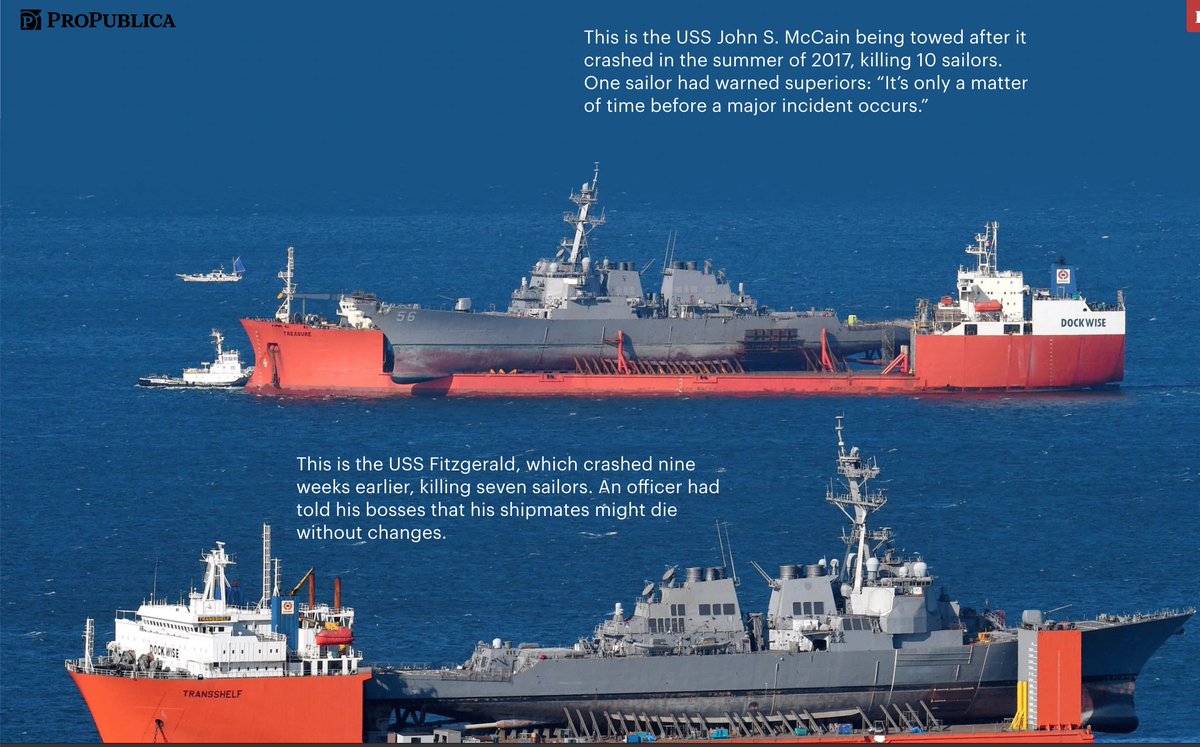Jura The idiot
General
now
Roper Recognizes Limited Munitions-Building Capacity
2/7/2019
Roper Recognizes Limited Munitions-Building Capacity
2/7/2019
it's an interesting question like how many bombs you're going to need for example to years from now LOL I'm guessing the Pentagon solves it by getting as many as possibleThe Air Force is working hard to replenish its stocks of precision-guided munitions, but the service’s chief buyer is concerned about the industrial capacity to meet USAF’s needs.
Service acquisition chief Will Roper told reporters at the Pentagon Feb. 6 the Air Force is “very focused on munitions capacity,” having dropped some 70,000 weapons against ISIS. “We’ve borne a big brunt” of the bomb-dropping burden, “and we need to be able to buy back many of our weapons at scale.” Unfortunately, “We’re [only] able to buy … at [industry’s] capacity to make them.” Roper declined to report what the upcoming budget may include by way of munitions buys.
Last week, Roper’s military deputy, Lt. Gen. Arnold Bunch, reported the Air Force has “maxed out” the capacity of defense contractors to supply JDAM bombs, Hellfire missiles, and the Advanced Precision Kill Weapon System rocket, all of which have been heavily used in Operation Inherent Resolve.
While Roper said he’s open to the idea of competition in the way the Air Force did in the 1980s—certifying a second source for radars, bombs, jet engines, etc., and then having annual competitions for production—he suggested there may not be sufficient demand to justify such an approach.
“Munitions … often become a billpayer in program reviews,” he observed. “You’re buying a lot and you just buy fewer. And that may seem an easy choice on a tally sheet, but if you’re the acquisition person, and you take the buy lower, you just lost the economy of scale; you just made it harder for your vendor to forecast ahead,” and purchase materials and components in economic quantities.
“I’m interested in concepts that allow us to keep competition, and to make sure we don’t get dependent on single sources,” Roper asserted. “But one thing I wish we would do is just stabilize the munitions we buy each year and not make them bill payers, and allow our acquisition professionals to talk with their industry partners about five-year buys of components; five-year build plans.”
Roper admitted, “We’ve got some thinking to do on that.”

